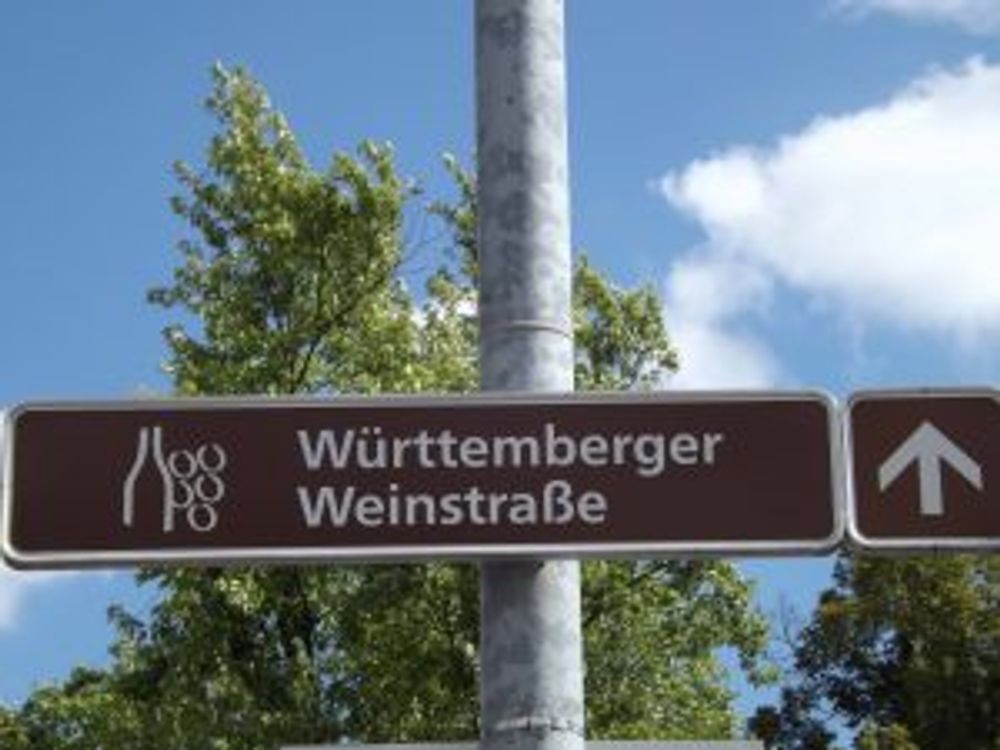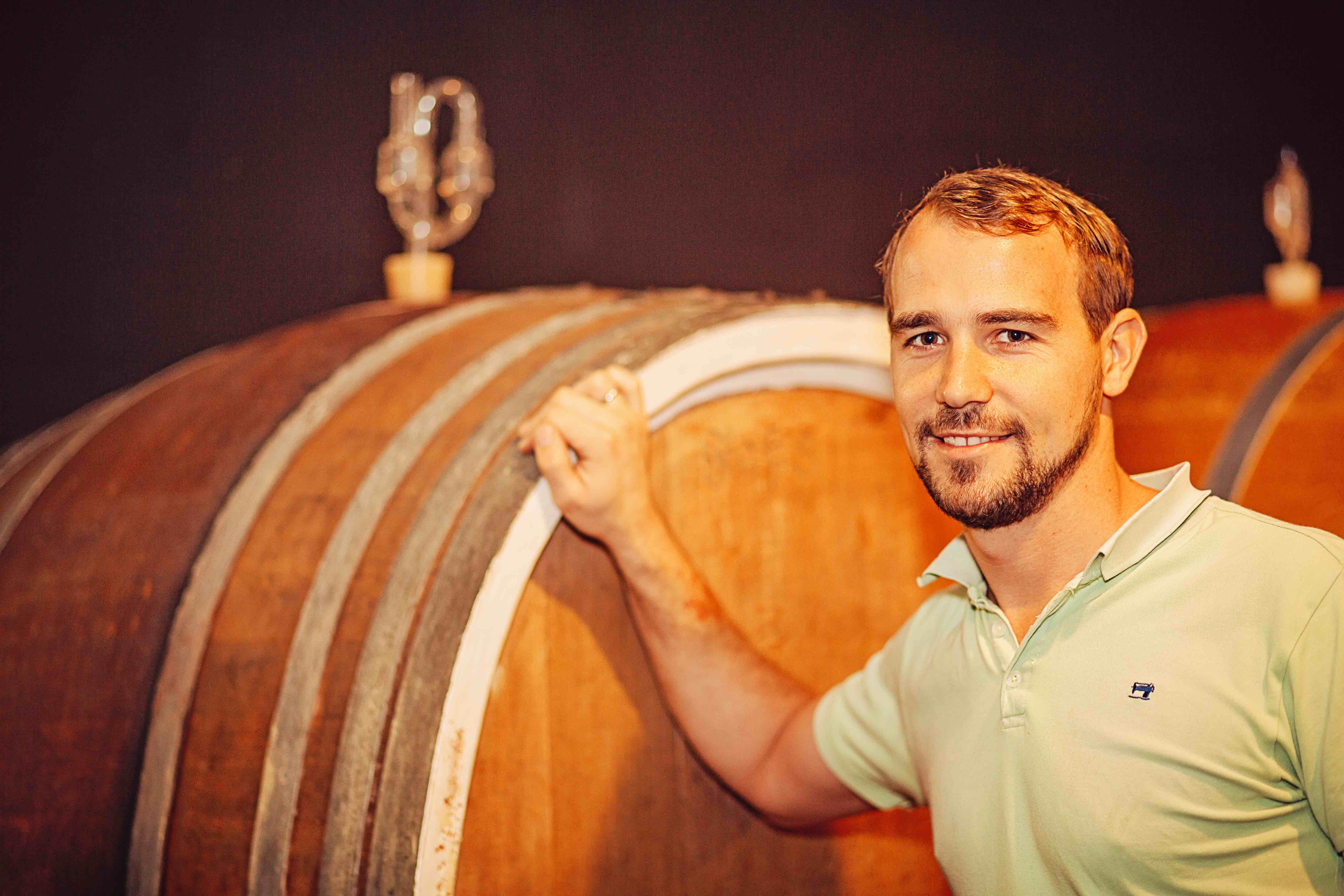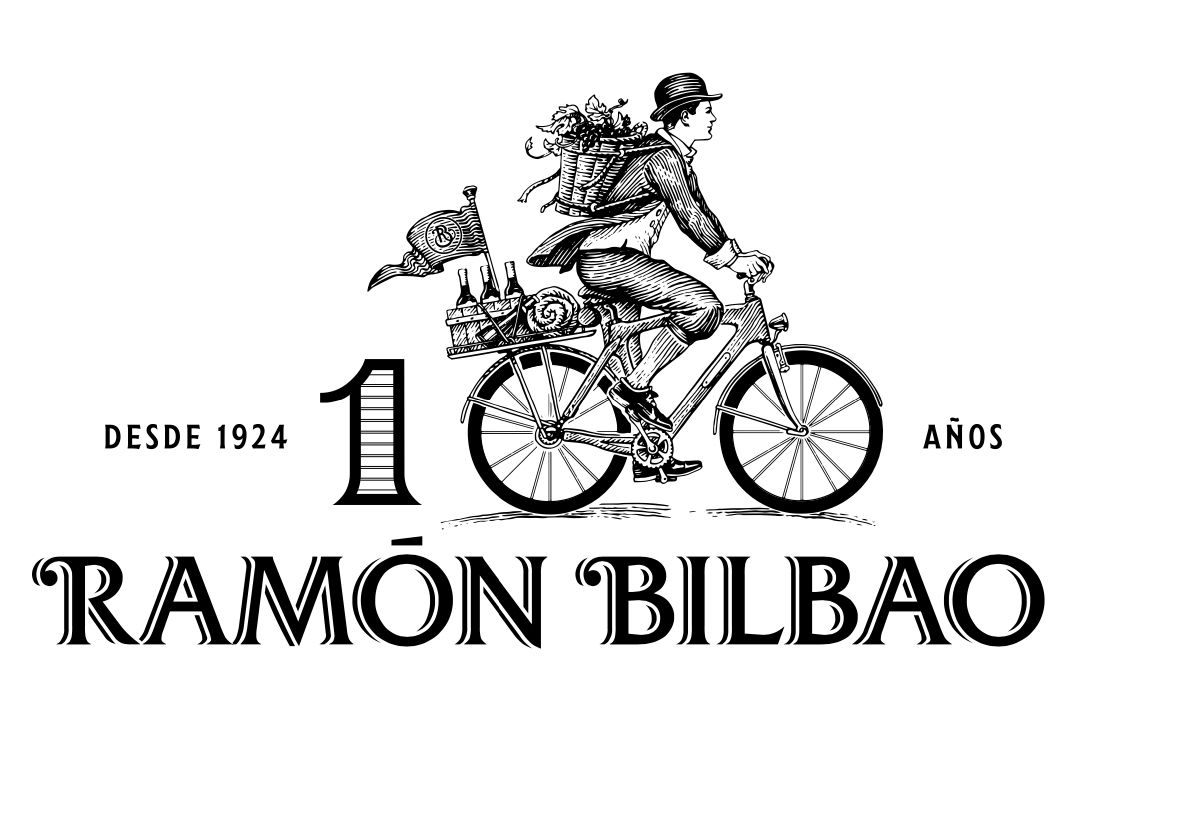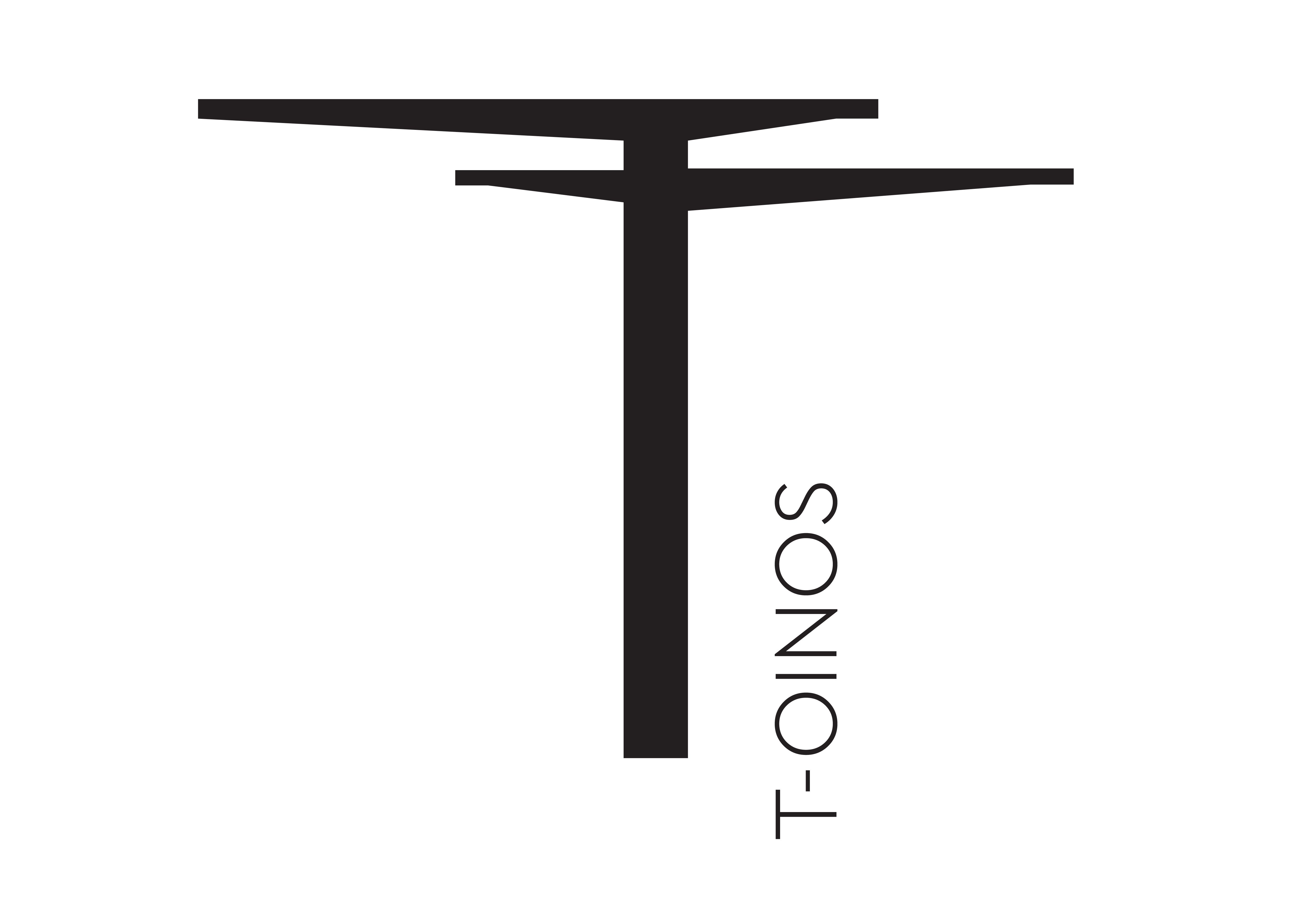Once derided by Germans as provincial, Württemberg is a region now producing world class wines, with Lemberger the secret jewel in the crown.
When it comes to Germany, most people in the wine trade can reel off a number of regions. Württemberg, however, is rarely among them. Wedged between Baden and Franken, it is the region centred around Stuttgart. Dominated by Triassic soils, slightly cooler than Baden and with distinct grape varieties, it is a secret hidden in plain sight.

Even in Germany Württemberg was until recently seen as insular, its winemakers derided as provincial boffins. Granted, cooperatives still hold sway but there has been an incredible leap driven by a small handful of star producers.
One of the first among them was Gert Joachim Aldinger who took over his family estate Weingut Aldinger in 1992. He did things his own way, reducing yields and aiming for one thing only: quality and dryness in a sea of semi-sweet dross. His son Matthias Aldinger, who now runs the estate with his brother Hansjörg, was here in London to present his wines grown on the outskirts of Stuttgart.
Stuttgart is known for its precision-engineering industry: Porsche, Mercedes-Benz and Bosch are just three companies headquartered here – and it is not without envy for such manufacturing prowess that the boffin label was stuck onto the workaholic Swabians. Stuttgart is also where Jürgen Klinsmann’s career started… that southern mix of dedication, attention to detail, drive and eye for beauty is most definitely in Aldinger’s wines.
So what are the wines like? Here is my pick of the favourites:

2015 Rebhuhn Riesling dry: 30% of this yellow grapefruit-scented Riesling is matured in large, used 1200l barrels, the rest in stainless steel on its gross lees. It is whistle clean and has all the fruit-driven softness of the warm 2015 vintage. It is a total steal and a great way to get hitherto sceptical friends hooked onto Riesling.
2014 Marienglas Weissburgunder Grosses Gewächs: this Pinot Blanc shows what dedication is shown to this grape variety in Germany where it attains grand cru status. From the Untertürkheimer Gips vineyard, where so-called Marienglas, crystallised gypsum, was quarried to be used in reliquaries and shrines before it was possible to produce glass of sufficient purity.
Made from 40-year-old vines, Matthias explains the high-wire act in yield management required to delay ripeness in this warm site. 60% of the elegant, nutty but slender wine is matured in new oak and stays on its gross lees for more than a year. The result is creamy and concentrated, taut but elegant.
2014 Marienglas Riesling Grosses Gewächs: judging by this pure and utterly balanced Riesling, nobody would guess that 2014 was such a challenging year. Harvested in October, it spent a whole year on its gross lees in a large, used 1500l barrel. The freshness of the vintage is wonderfully countered by the expansive texture. Württemberg may not be internationally known for its dry Rieslings but this wine is a compelling reason to seek them out.

2014 Untertürkheimer Gips Spätburgunder: this is Pinot Noir from the same gypsum vineyard. It is a fruit-driven, red-berry scented and light-bodied red with nuances of bayleaf made with 10% whole bunches for freshness and bite. Great value for by-the-glass.
2013 Marienglas Spätburgunder Grosses Gewächs: Pinot Noirs from Württemberg are a real treat: it is cooler there than in Baden and the Württembergers have fine-tuned their approach. The slightly cooler 2013 vintage suited Pinot Noir very well and underlined its inherent elegance.
Matthias explains that he layers the grapes in his oak cuve like lasagne: a layer of de-stemmed but whole, un-crushed berries alternated with a layer of whole bunches. What he gets is brilliantly pure and tart red fruit, aromatic herbal tints and a fine-boned but taut structure. This is lovely now but has lots of mileage.

2013 Fellbacher Lämmler Lemberger Grosses Gewächs: Lemberger is Württemberg’s secret weapon and calling card. It is exactly the same grape variety as Blaufränkisch. Apparently it came to Württemberg with Austro-Hungarian immigrants who re-populated vast areas left decimated by the Thirty Years’ War in the mid-17th century.
Lemberger loves the deep and heavy coloured marl soils. It is only in Württemberg that it is permitted grand cru status. This wine is a sort of paradigm example: It is fragrant with pepper and peony and both spice and florality cling to the expressive cherry and plum fruit.
This really is Württemberg’s secret: a full-bodied but immensely elegant red of great seductive power and poise. Matthias explains that the cold air, descending at night from the forested crest of the Lämmler vineyard makes all the difference.
I am sure his care and touch are equally important: every single bunch is halved to preserve the fresher, more acidic and aromatic top portion. Vinified in up to 70% new oak this wine is only just starting to open up and has not even begun to develop. Get your hands on it while you can.
Aldinger is represented in the UK by The Wine Barn.









































